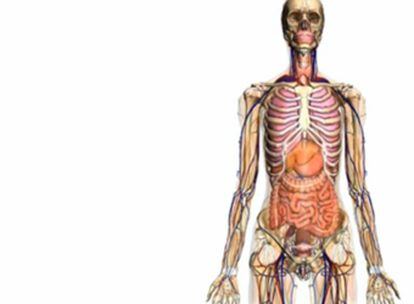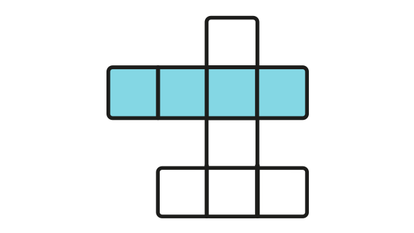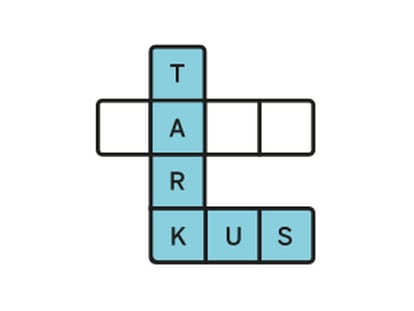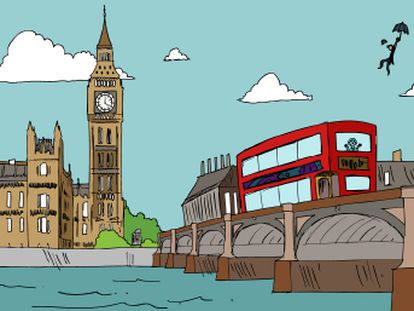Stalking immune cells: a new way to monitor "Mutiny on the Body"
Just as sailors can turn against their captain, the cells of the immune system, although important for eliminating hazardous pathogens and damaged tissue, can also "turn bad" and have detrimental effects in vulnerable tissues that have a low capacity for healing and regeneration. One such region is the central nervous system (CNS), which comprises the brain and spinal cord.
An example of immune system mutiny in humans is the disease multiple sclerosis, where the cells of the immune system attack the body's own structures in the CNS and induce detrimental damage. Multiple sclerosis is the most common neuroimmunological disease of the CNS in Europe. Approximately 150 out of every 100,000 inhabitants in Germany and roughly 2.5 million people worldwide are affected.
Recent research has shown that mutinous professional immune cells?like macrophages, monocytes, and T cells?initiate and regulate the damage to the CNS in people with multiple sclerosis. Most immune cells are not so badly behaved though: during development the body destroys the potentially bad ones.
The aim of our project in the Department of Cell and Neurobiology at the Charité Universitätsmedizin Berlin is to identify and illustrate using magnetic resonance imaging (MRI) the routes that monocytes and macrophages take in mice after nerve cells have been damaged.
We use one of two different approaches to damage the CNS, setting free the myelin components of nerves that tempt the bad immune cells. In the brain, we cut a nerve fibre in the hippocampus?a region involved in memory?which causes no disability in the treated mice. In the spinal cord, we partly cut the spinal cord using a procedure called hemitranssection, which causes mild paraplegia.
In all other tissues, the "fight" between the immune system and the pathogens starts in the lymph nodes, where monocytes and macrophages travel to show the encountered antigen to the other immune cells and stimulate them to join the battle. In multiple sclerosis we think that the "bad" immune cells present myelin from the CNS to their buddies in the lymph nodes and stimulate them to attack the nervous system.
We have found some evidence for the movement immune cells out of the CNS into the lymph nodes of the neck, although we still need to verify this migratory path. One approach we have used to do this is imaging immune cells in a prepared cross section of a whole mouse head and neck after its sacrifice. First, however, we need T cells labelled with green fluorescent signalling molecule.
Green fluorescent signalling molecule was first isolated from a jellyfish in 1961 and has since become immensely important in research for tracking the development and movement of cells. By extracting monocytes that express green fluorescent protein from genetically modified mice and injecting them into tissue, we can follow the movement of certain types of cell, a bit like the police "bugging" a car to track the movement of a suspected criminal. Once we had injected the green fluorescent immune cells in our experiments, we were able to follow the routes of the glowing cells and see whether they were able to leave the CNS using pre-existing pathways.
By using this approach we have been able to show the migration of labelled T cells along nerve fibres used for smelling, their appearance in the tissue that lines the nose, and, finally, their accumulation in specific lymph nodes of the neck, all within a certain time frame. It's possible that the same route could be used by monocytes and other immune cells, good or bad, to stimulate the immune system.
Now a novel type of magnetic ultra-small particle for the labelling of cells is available, so we can for the first time track the movement of immune cells in the CNS of living animals. In particular, we can use this new type of particle to label specific types of monocytes and monitor their migration in regions affected by our cuts and their redistribution along pre-existing pathways out of the CNS; for example, along the axons of the first cranial nerve.
With magnetic ultra-small particles and MRI we should be able to confirm whether immune cells move outside of the CNS; for example, into the lymph nodes of the neck. If this is the case, we might be able to alter immune cells outside of the CNS and use them to repair damage within the brain and spinal cord.
This novel approach could represent a therapeutic strategy for diseases such as multiple sclerosis. For one, it would allow us to avoid the difficulties of directly influencing the CNS, which is protected by a barricade called the blood-brain barrier. This approach might also have therapeutic potential after spinal cord injury, promising benefits where there are almost no therapeutic strategies so far.
As well as tracking the bad guys, we also hope that by the use of the green fluorescent immune cells we can show in the living animal the reorganisation of damaged nerve fibres under the instruction of the "good" monocytic cells, just like the good sailors trying to re-establish the ship's regime and clear up the damage caused by the mutinous sailors. Eventually we hope to alter this reorganisation of nerves after they have been injured and thus exploit the therapeutic potential of the body's immune system to treat nerve cells that have been damaged. We hope this will eventually give us a tool to help us fix some of the damage caused by the "bad guys" in a variety of neurodegenerative diseases.
But before we attempt any kind of therapeutic uses we must thoroughly monitor the invasion and migratory routes of immune cells in living animals. If we do not know exactly how mutiny in the CNS causes autoimmune diseases like multiple sclerosis, we will never be able to treat our patients effectively and re-establish order on the ship that is our bodies.











































































